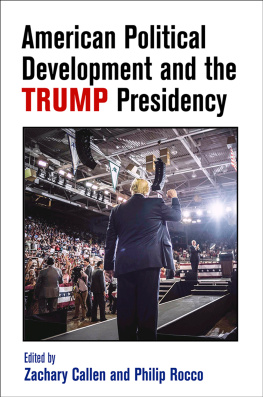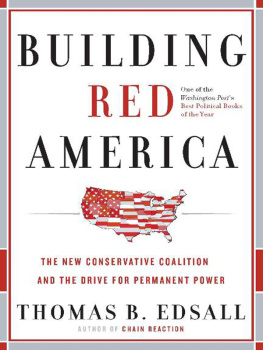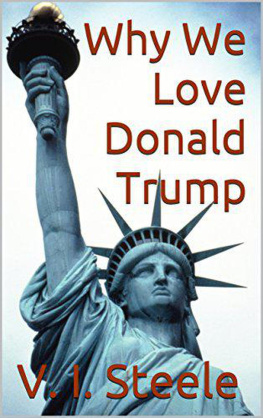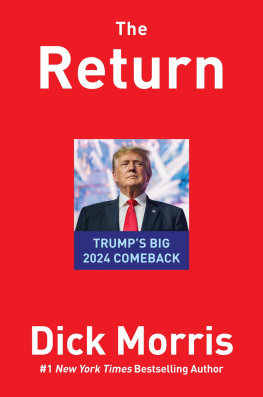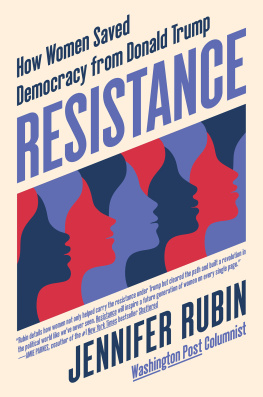Thomas Byrne Edsall - The Point of No Return: American Democracy at the Crossroads
Here you can read online Thomas Byrne Edsall - The Point of No Return: American Democracy at the Crossroads full text of the book (entire story) in english for free. Download pdf and epub, get meaning, cover and reviews about this ebook. City: Princeton, year: 2023, publisher: Princeton University Press, genre: Science / Politics. Description of the work, (preface) as well as reviews are available. Best literature library LitArk.com created for fans of good reading and offers a wide selection of genres:
Romance novel
Science fiction
Adventure
Detective
Science
History
Home and family
Prose
Art
Politics
Computer
Non-fiction
Religion
Business
Children
Humor
Choose a favorite category and find really read worthwhile books. Enjoy immersion in the world of imagination, feel the emotions of the characters or learn something new for yourself, make an fascinating discovery.

- Book:The Point of No Return: American Democracy at the Crossroads
- Author:
- Publisher:Princeton University Press
- Genre:
- Year:2023
- City:Princeton
- Rating:4 / 5
- Favourites:Add to favourites
- Your mark:
The Point of No Return: American Democracy at the Crossroads: summary, description and annotation
We offer to read an annotation, description, summary or preface (depends on what the author of the book "The Point of No Return: American Democracy at the Crossroads" wrote himself). If you haven't found the necessary information about the book — write in the comments, we will try to find it.
How Donald Trump laid waste to American politics, culture, and social order
After Donald Trumps rise to power, after the 2020 presidential election, after January 6, is American politics past the point of no return? New York Times columnist and political reporter Thomas Byrne Edsall fears that the country may be headed over a cliff, arguing that the election of Donald Trump was the most serious threat to the American political system since the Civil War. In this compelling and illuminating book, Edsall documents how the Trump years ravaged the nations politics, culture, and social order. He explains the demographic shifts that helped make Trumps election possible, and describes the racial and ethnic conflict, culture wars, rural/urban divide, diverging economies of red and blue states, and the transformation of both the Republican and Democratic parties that have left our politics in a state of permanent hostility.
The Point of No Return brings together a series of Edsalls columns, bookended by a new introduction and conclusion, which show how we got to this dangerous point. These dispatches from our new political landscape chronicle the emergence of what Edsall calls the not-so-silent white majority and show how Trump deployed fears about race and immigration to appeal to voters. Edsall examines Trumps construction of an alternate reality, discusses why we dont always vote according to our own self-interest, and explores the Democrats calibrated response. Considering the 2020 election and its violent aftermath, Edsall looks at the Capitol insurrection and warns that American democracy is under siege. The forces behind Trumps election, and the stop the steal true believers, have pushed the nation to the brink.
Thomas Byrne Edsall: author's other books
Who wrote The Point of No Return: American Democracy at the Crossroads? Find out the surname, the name of the author of the book and a list of all author's works by series.

